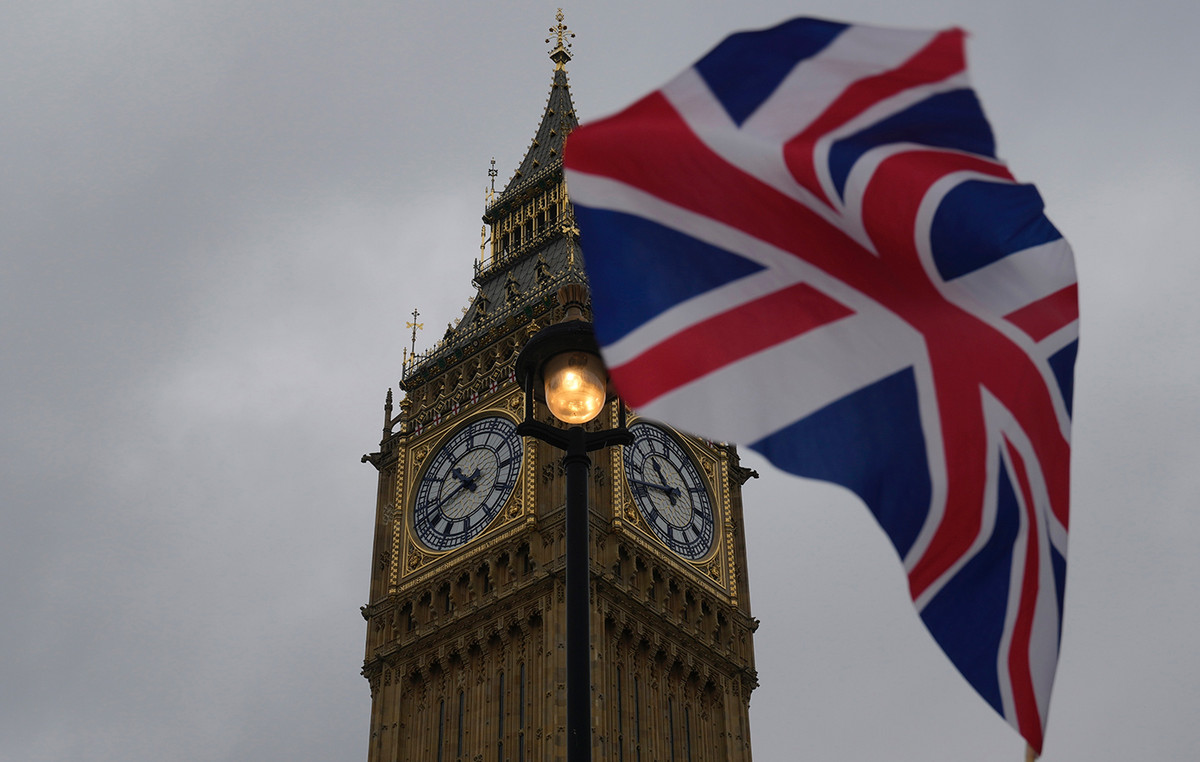With elections looming in the US, Joe Biden’s new executive action at the border aims to send a clear message about his approach to immigration.
But the reality of what comes next is murky.
Here are three big questions to consider.
Is Biden closing the border?
No, that’s not what’s happening here, although that’s often how this approach is reported — even by Biden himself.
The president’s proclamation, announced on Tuesday (4), still allows the normal flow of commerce and legal immigration across the border. But it imposes a limit on the volume of illegal immigrants who can seek asylum in the country.
When the average number of migrants illegally crossing the border reaches 2,500 per day, migrants who attempt to cross ports of entry will be prevented from seeking asylum and returned to Mexico or returned to their home countries. Restrictions would be lifted after the seven-day average drops below 1,500 per day.
Border authorities found about 3,500 migrants crossing the border illegally on Monday, according to an administration official, above the threshold needed for the executive action to take effect. The number of migrants crossing the border illegally has been declining since reaching an all-time high in December, but Biden’s proclamation notes that “a substantial and elevated level of migration…continues to pose significant operational challenges.”
There are some exemptions to the new restrictions, including unaccompanied minors.
And migrants will still be able to use a Customs and Border Protection application to request an appointment to present their asylum request at an entry point.
It’s too early to say whether Biden’s announcement will help or hurt him politically.
Critics argue that the measure is not tough enough. And immigrant rights advocates warn that closing the border to asylum seekers will endanger vulnerable people and ultimately make the border less secure.
And beyond the implications at the ballot box, we still don’t know much about what this will look like on the ground, especially since – unlike a law passed by Congress – the president’s executive actions do not include funding for additional resources. And some experts are already questioning whether the administration will have the resources to enforce the new policy.
Doesn’t Mexico have to agree to this?
Mexico’s cooperation is a key part of any initiative along the countries’ common border. We’ve seen U.S. presidents announce immigration initiatives in the past, only for them to fail without Mexican support. On the other hand, we have also seen significant changes in numbers at the border in recent months, and several times in the past, as Mexico has stepped up enforcement efforts.
In this case, it is not yet known exactly how strong Mexico’s support will be. Although the Mexican government said that President Andrés Manuel López Obrador spoke with Biden on Tuesday (4) about migration and other issues, officials have not released details about what Mexico will do – or not do – regarding the new executive action. from Biden.
“They agreed to continue close collaboration between the two countries to manage migratory flows in the region and increase efforts to address the structural causes of migration in Latin America and the Caribbean,” said the Mexican government statement.
To complicate matters further, Mexico has just elected a new leader. President-elect Claudia Sheinbaum’s six-year term is scheduled to begin on October 1, just over a month before the US presidential vote.
While she has signaled that she will take a similar approach to her predecessor and mentor, López Obrador, campaign promises often shift amid government realities.
Will it be blocked in court?
The new measures were scheduled to come into effect at 12:01 pm this Wednesday (5). But before they were officially announced, the American Civil Liberties Union had already promised to challenge them in court, arguing that denying migrants the opportunity to seek asylum is illegal.
We have seen similar government efforts to prevent migrants from seeking asylum blocked in U.S. courts in the past, including a measure adopted by the Trump administration, which also faced a challenge from UALC.
This means that no matter how harsh the text of this executive action, its days in effect may be numbered.
Source: CNN Brasil
Bruce Belcher is a seasoned author with over 5 years of experience in world news. He writes for online news websites and provides in-depth analysis on the world stock market. Bruce is known for his insightful perspectives and commitment to keeping the public informed.







